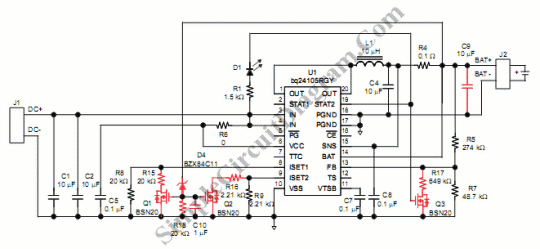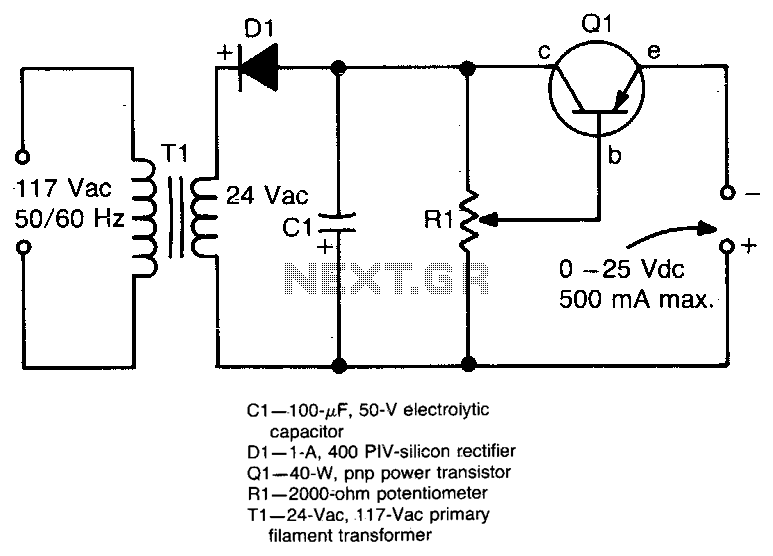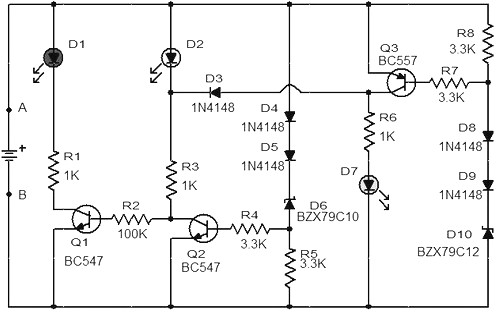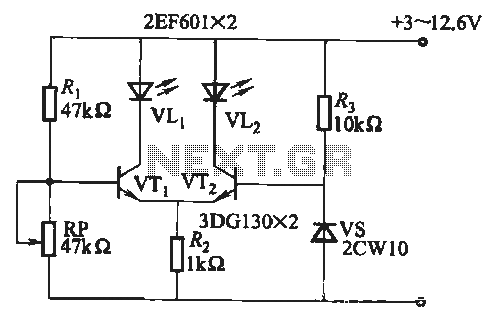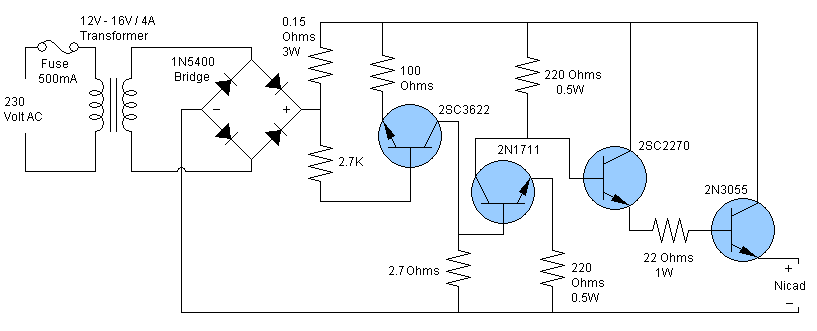
Travelers Cellphone Battery Charger
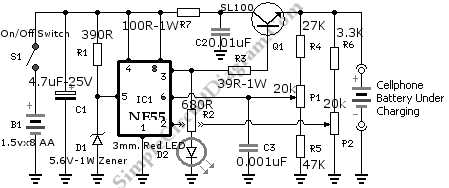
While traveling, charging a mobile phone can be a significant challenge due to the general inaccessibility of power supply sources, leading to the risk of the battery depleting.
To address the issue of mobile phone battery depletion during travel, a portable power solution is essential. A suitable approach involves the design of a compact, lightweight power bank that utilizes lithium-ion or lithium-polymer battery technology. These batteries provide a high energy density, allowing for efficient storage and delivery of electrical energy.
The power bank circuit will consist of several key components: a battery management system (BMS), a charging circuit, a boost converter, and output ports for device connection. The BMS is crucial for monitoring battery health, ensuring safe charging and discharging, and protecting against overvoltage, undervoltage, and short-circuit conditions.
The charging circuit can employ a microcontroller to manage the charging process, utilizing a USB input for convenience. This input allows the power bank to be charged from various sources, including wall chargers and USB ports on laptops. The microcontroller can also incorporate a user interface, such as LED indicators, to inform the user of the charging status and remaining battery capacity.
The boost converter is an essential component that steps up the voltage from the battery to the required output voltage levels (typically 5V for USB devices). This converter should be designed for high efficiency to maximize the energy transfer from the battery to the connected device, minimizing energy loss and extending the operational time of the power bank.
Output ports should include standard USB-A and USB-C connections to accommodate a wide range of devices. The circuit design should also consider incorporating fast charging capabilities, allowing for quicker energy transfer to compatible devices.
In summary, the proposed portable power bank circuit represents a practical solution for charging mobile phones during travel, addressing the common challenge of battery depletion in situations where traditional power sources are unavailable. By integrating advanced battery management, efficient charging, and versatile output options, this design ensures reliable and convenient mobile device charging on the go.While traveling, charging of the mobile phone, cellphone battery is a big problem as power supply source is not generally accessible. Battery will go flat.. 🔗 External reference
To address the issue of mobile phone battery depletion during travel, a portable power solution is essential. A suitable approach involves the design of a compact, lightweight power bank that utilizes lithium-ion or lithium-polymer battery technology. These batteries provide a high energy density, allowing for efficient storage and delivery of electrical energy.
The power bank circuit will consist of several key components: a battery management system (BMS), a charging circuit, a boost converter, and output ports for device connection. The BMS is crucial for monitoring battery health, ensuring safe charging and discharging, and protecting against overvoltage, undervoltage, and short-circuit conditions.
The charging circuit can employ a microcontroller to manage the charging process, utilizing a USB input for convenience. This input allows the power bank to be charged from various sources, including wall chargers and USB ports on laptops. The microcontroller can also incorporate a user interface, such as LED indicators, to inform the user of the charging status and remaining battery capacity.
The boost converter is an essential component that steps up the voltage from the battery to the required output voltage levels (typically 5V for USB devices). This converter should be designed for high efficiency to maximize the energy transfer from the battery to the connected device, minimizing energy loss and extending the operational time of the power bank.
Output ports should include standard USB-A and USB-C connections to accommodate a wide range of devices. The circuit design should also consider incorporating fast charging capabilities, allowing for quicker energy transfer to compatible devices.
In summary, the proposed portable power bank circuit represents a practical solution for charging mobile phones during travel, addressing the common challenge of battery depletion in situations where traditional power sources are unavailable. By integrating advanced battery management, efficient charging, and versatile output options, this design ensures reliable and convenient mobile device charging on the go.While traveling, charging of the mobile phone, cellphone battery is a big problem as power supply source is not generally accessible. Battery will go flat.. 🔗 External reference
